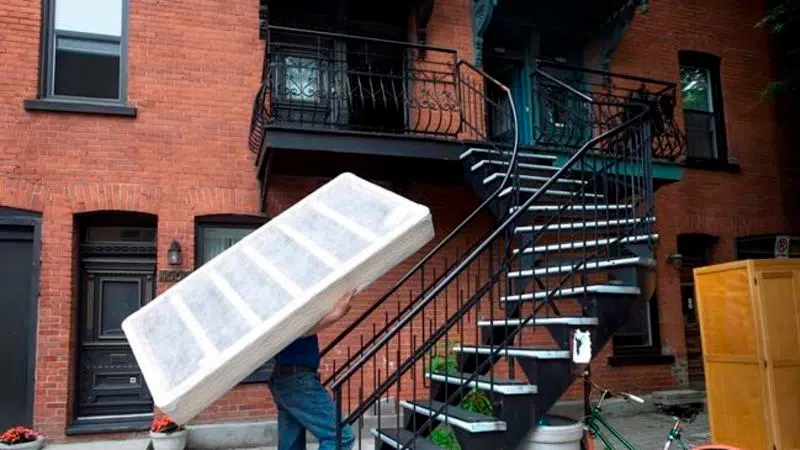
Study says rents in most cities are unaffordable for lower-income earners
OTTAWA — A minimum-wage worker could afford to rent in just a few neighbourhoods in Canada, suggests a new analysis of the country’s rental market that also raises questions about a promised federal rent-supplement program.
The report being released Thursday by the Canadian Centre for Policy Alternatives says someone earning minimum wage would only be able to afford a one-bedroom rental in nine per cent of 795 neighbourhoods in Canadian cities in the study.
The figure drops to three per cent of neighbourhoods when looking at the affordability of two-bedroom units.
The federal Liberals’ decade-long national housing strategy includes programs to build more rental housing, hoping a boost in supply will drive down costs.
